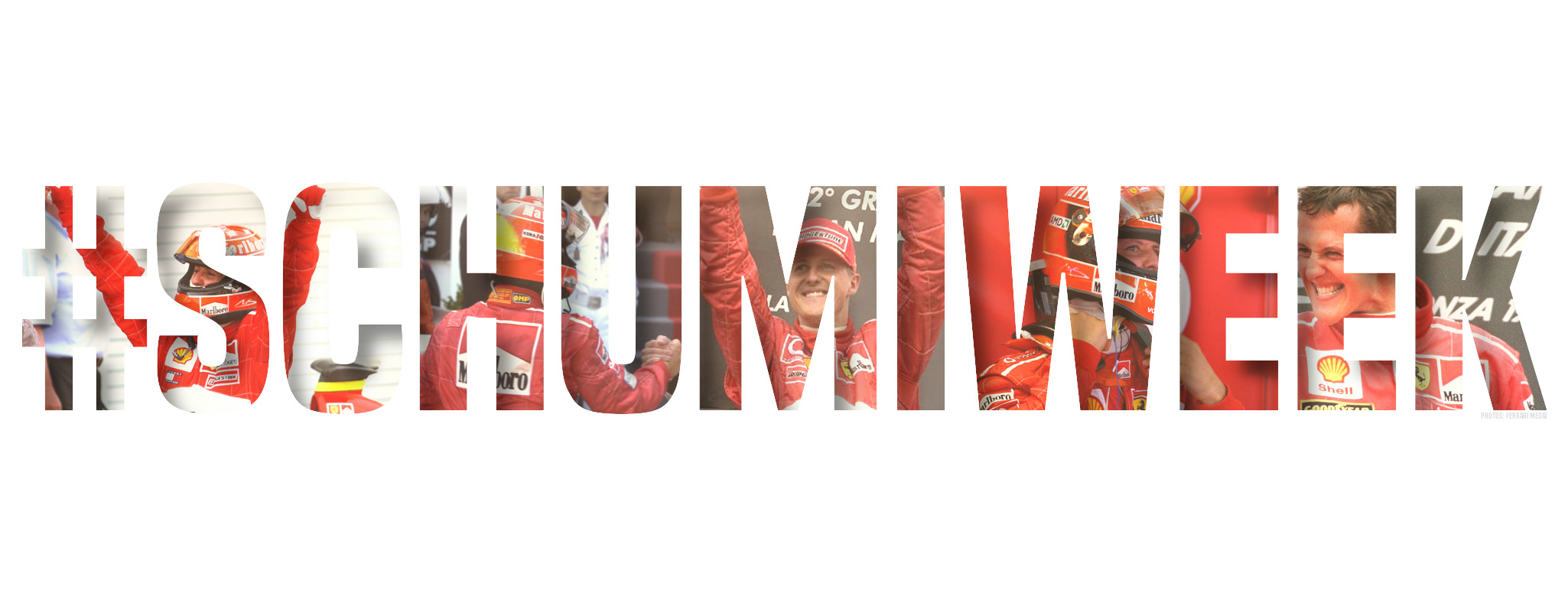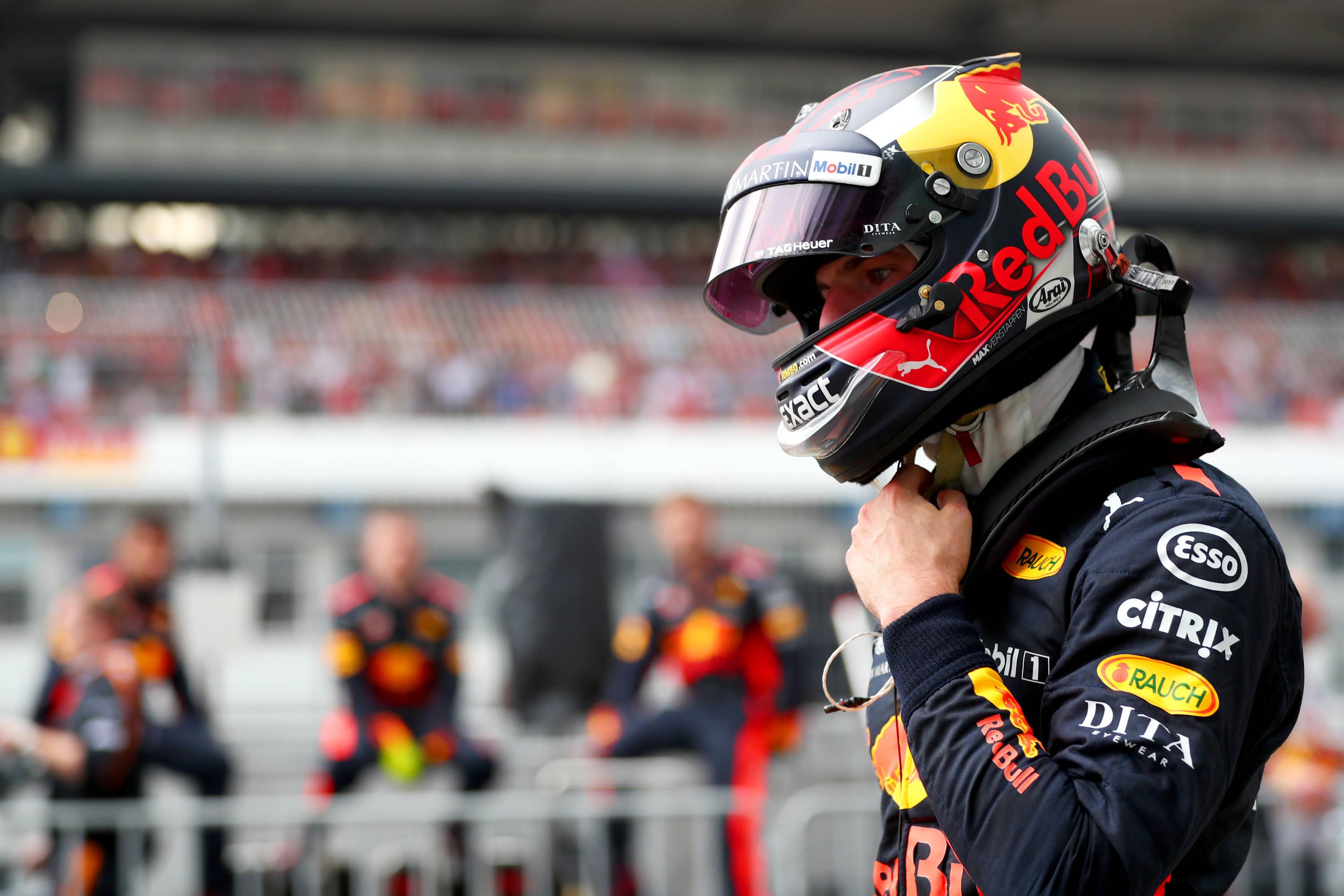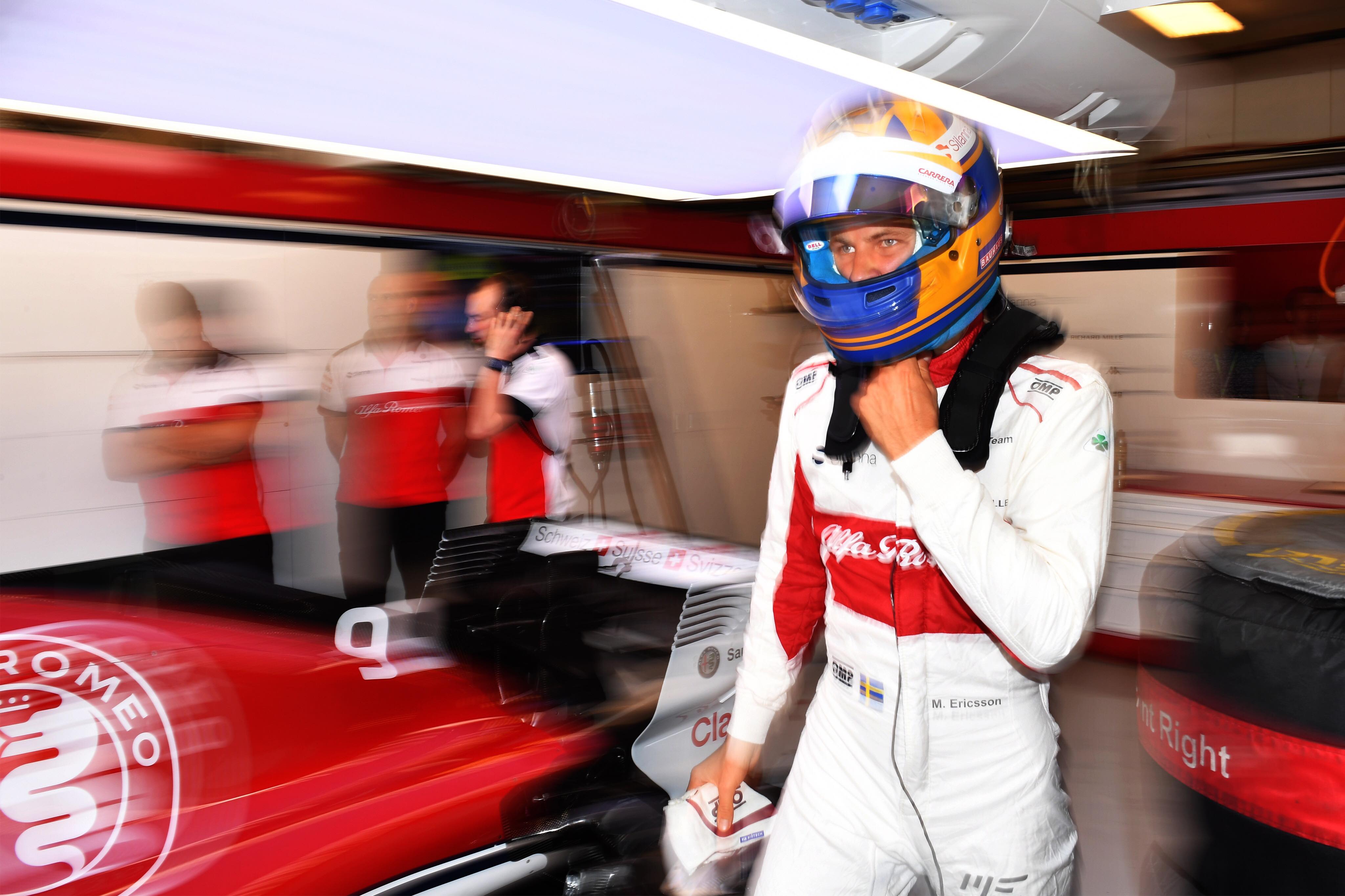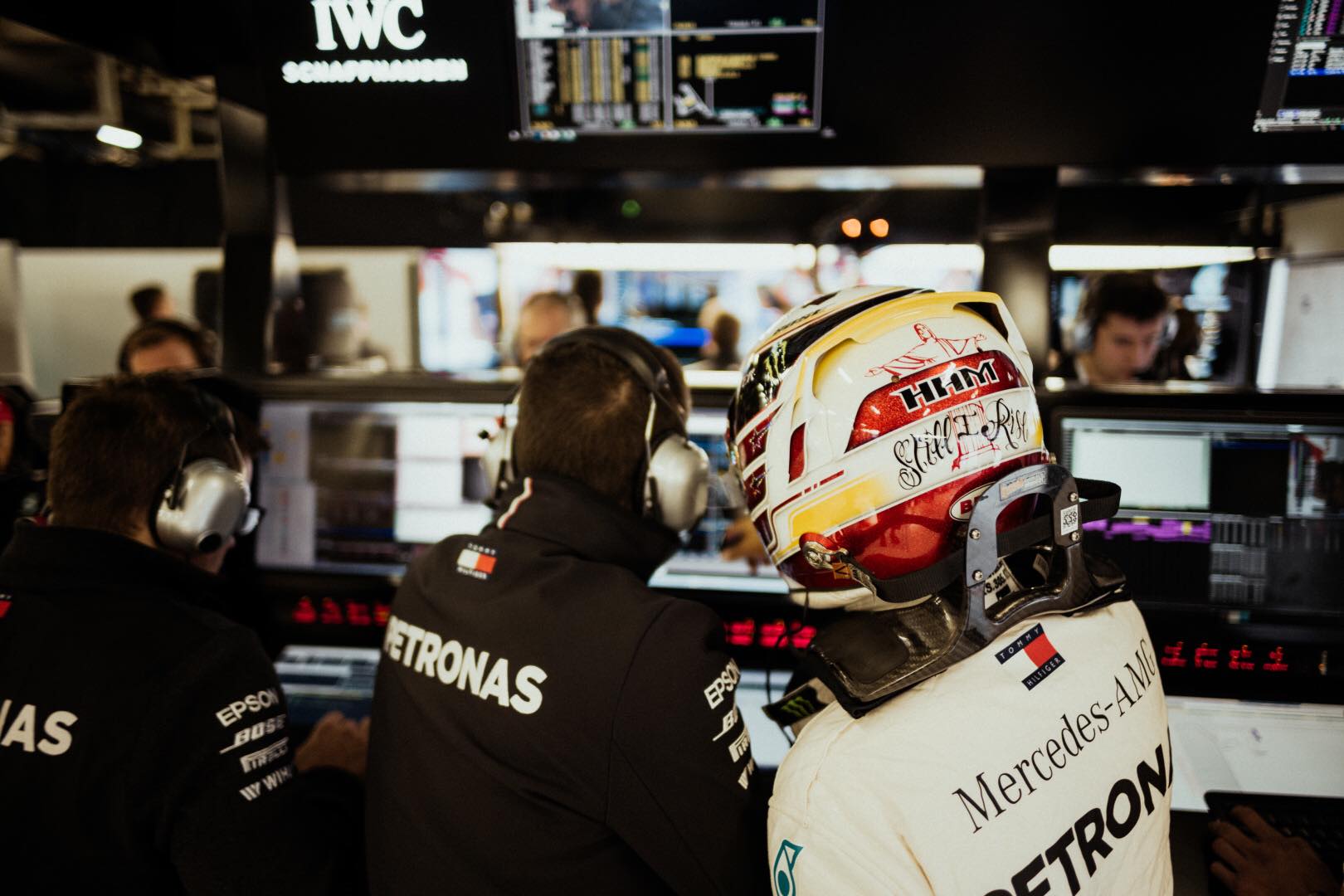You cannot talk about Michael Schumacher, without bringing up his various incidents on track. I’ve picked out these particular examples, one of which came before his Formula One debut.
1990 Macau Grand Prix
This event, held for Formula Three cars saw a big battle between him and Mika Hakkinen. On the last lap of the event, having just started the final lap Mika was tucked up under the rear wing of Michael’s Reynard, and didn’t need to overtake the German to win the event. As the Finn went to pass his rival, Michael made the one move which would become a signature of his career and the two cars come together. Mika’s car, run by West Surrey Racing, was damaged on the left-hand side, with broken suspension and front wing. Mika was out, and Michael went on to win the event.
1994 Australian Grand Prix
For the next incident, we jump forwards to 1994. The battle that year between Damon and Michael was epic. As the two drivers came to the final race of the year, the Australian Grand Prix, held at the iconic Adelaide street circuit, Damon was just a single point behind Michael, after taking victory in a very wet Japanese Grand Prix. Now on lap 35, having taken the lead at the start of the race from Nigel Mansell who was on pole position, the Benetton driver had a moment coming into a left-hand corner, and he caught the rear of the car, but went wide, hitting the wall on the exit, and almost certainly damaging his car. Damon was around two seconds away, and witnessed Michael re-joining the track. The Brit didn’t know that Michael had hit the wall. Coming into the following right-hand corner, Damon moved to the inside of Michael, but the gap closed down, and the two cars came together. Now, Michael certainly knew that his car was damaged, so, did he move over on his championship rival? My opinion is that he did.
1997 European Grand Prix
Moving on to the next incident at Jerez at the end of 1997, I believe that this was pretty obvious to all. The battle between Jacques Villeneuve and the German for that season’s title, as Ferrari looked at the time to win their first championship since 1979 was big indeed, and Michael once more was leading the championship by one point as they came to the finale. The top three set the same time in qualifying with the Canadian on pole, followed by Michael, and then Heinz-Harald Frentzen. Michael took the lead, and Jacques dropped behind his teammate to third place. During lap seven, Jacques passed Heinz, and set about closing the gap to Michael. On lap 22 they both pitted, but Michael’s pace on his new set of tyres was not very good, and Jacques closed the gap down. During lap 47 the Canadian was right with Michael, and took a last gasp move up the inside, taking the Ferrari driver by surprise. Michael attempted to stop the Williams driver, by hitting the side of Jacques car, but this resulted in the steering getting broken on the Ferrari, and the car ended up in the gravel trap on the outside of the right-hand corner. It was a blatant move, and the FIA removed Michael from the drivers’ championship standings.
2000 Belgian Grand Prix
Moving onto the next big moment, which happened at the Belgian Grand Prix during the 2000 season. This was different from the previous events as it was not a championship decider, but Mika Hakkinen and Michael were still fighting for the championship. It was a wet to dry race and Mika led the race early on, with his rival down in fourth place. By lap 13 Michael was close enough to take advantage of Mika’s spin to take the lead. The Ferrari ace then had a 5.6 second lead at the end of the lap. As we came to the last few laps, Mika had been catching the leader, who had been suffering with tyres that had been overheating for a number of laps. He’d been driving off line on the Kemmel Straight to cool his tyres down, whilst Mika brought the gap down to just 1.6 seconds with just ten laps left. Coming up the Kemmel Straight with just five laps left, Mika was right on the tail of the Ferrari, and took a look up the inside but Michael edged the Ferrari over on the McLaren and Mika had to back out as the gap closed down. It was over the mark though, as Mika was very close to ending up on the grass. The McLaren driver got his own back however on the following lap with a dramatic move, and one that is well known – yes, that move with Ricardo Zonta in his BAR-Honda in the middle.
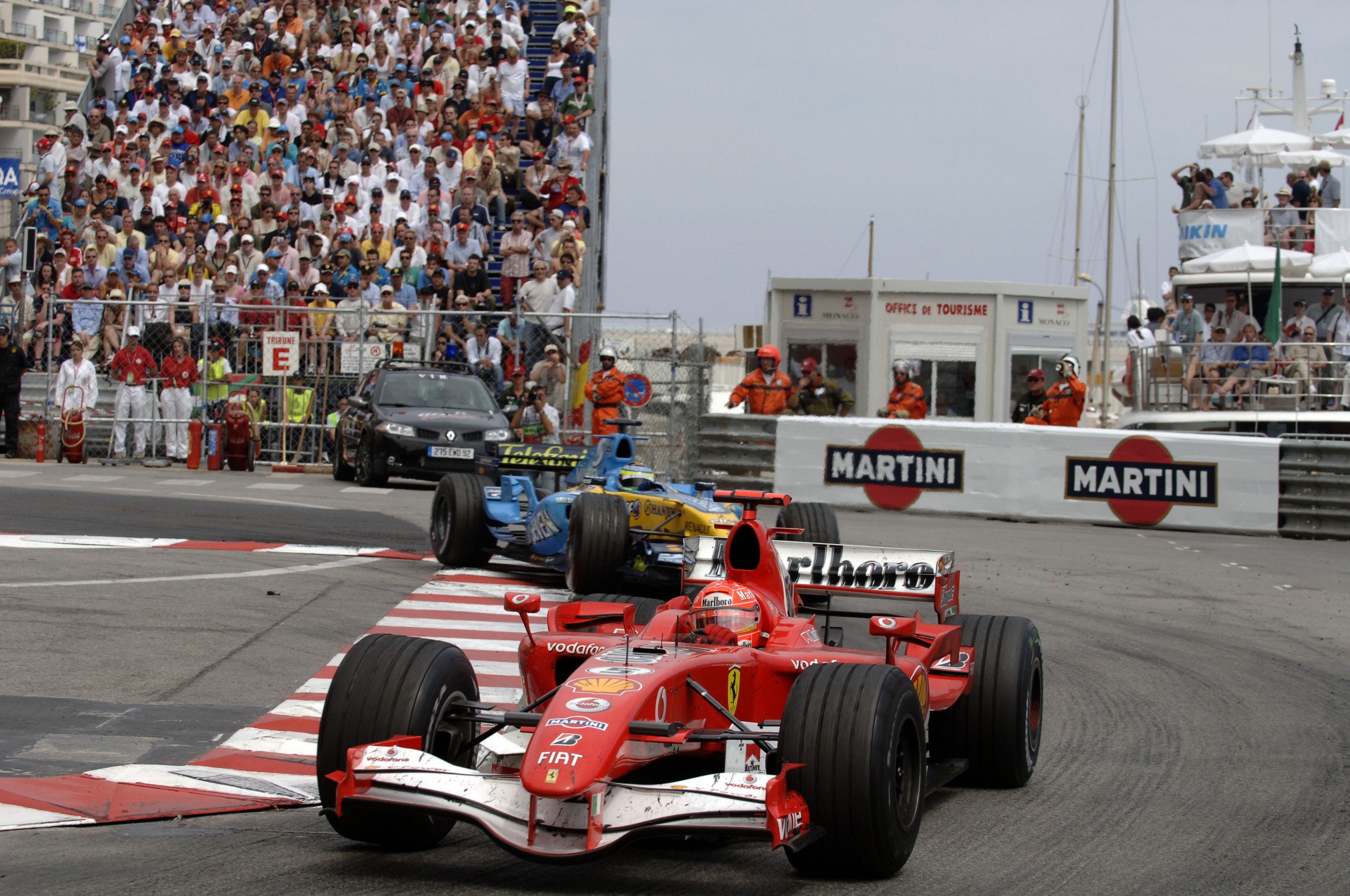
2006 Monaco Grand Prix
We head to Monte Carlo for the next incident, the 2006 Monaco Grand Prix. Towards the end of qualifying, as Michael had already set the fastest time, and was on pole position, he came to La Rascasse, and didn’t make the corner. Meanwhile, his big rival for the championship, Fernando Alonso was on a quick lap, going purple in the first sector. Back at La Rascasse, the German ace was parked up, meaning that there were yellows being waved. Alonso had to back out of his quick lap, and thus it was suspected that Michael had done this deliberately. The FIA believed it, and after several hours the stewards stripped the Ferrari driver of pole, thus elevating the Renault driver who was second fastest.
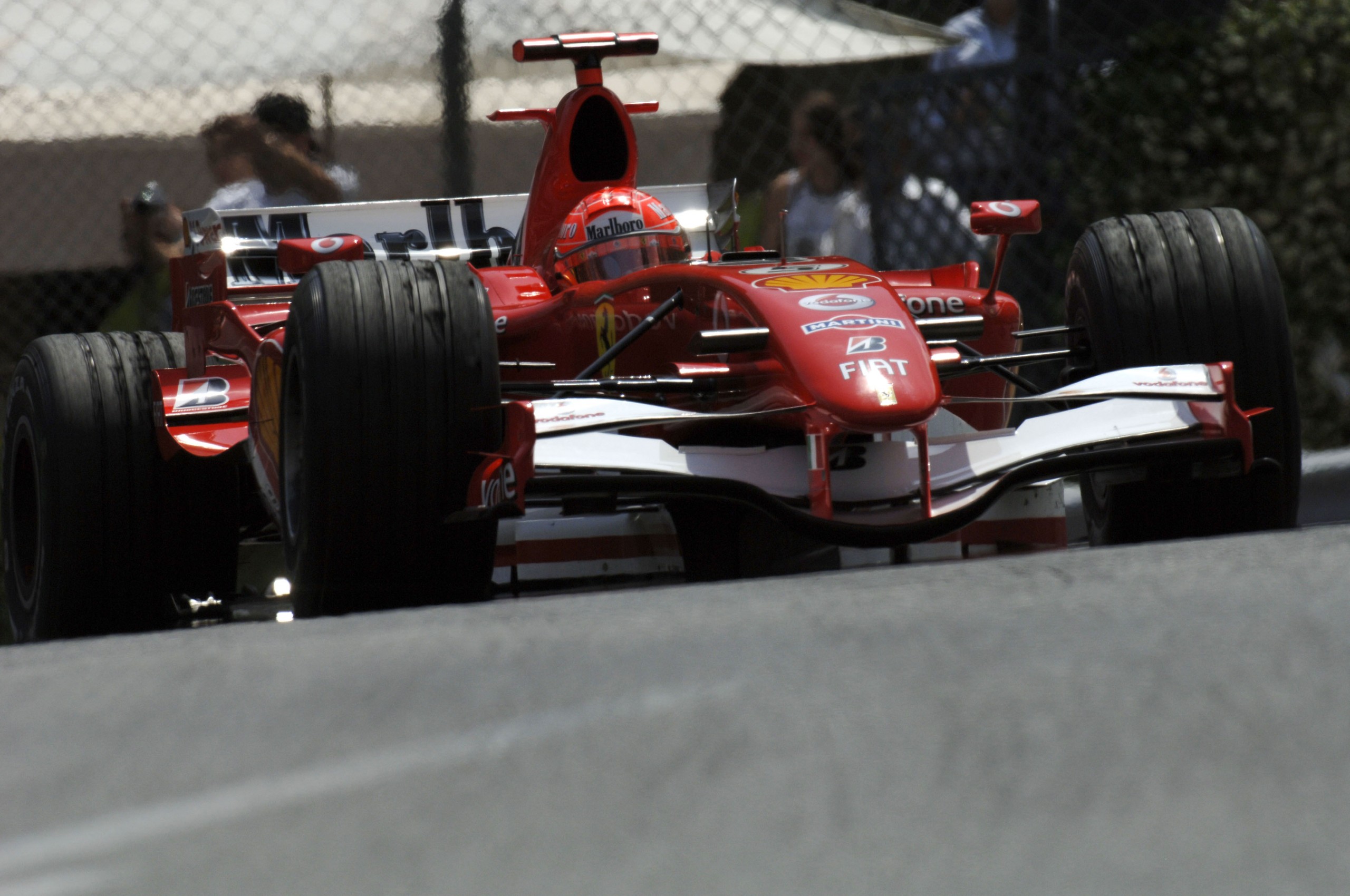
2010 Hungarian Grand Prix
The final moment came in 2010 during the year when Michael made his return to Formula One with Mercedes-Benz, and it was against his former Ferrari teammate, Rubens Barrichello during that years Hungarian Grand Prix. Coming to the end of the race, the Brasilian, who had qualified his Williams-Cosworth in twelfth position, was right on the German’s tail. Coming onto the start finish straight, Michael’s car slid at the rear mid corner point. Rubens was now within a one car length of the Mercedes-Benz, and was benefiting from the tow halfway down the straight. Michael had his car in the middle of the track, giving space to Rubens to go either side. The gap on the inside was starting to close, but there was good space for the Williams driver to make a move up the inside. By the time that Rubens was halfway alongside Michael, the gap had reduced and the pitwall was getting closer and closer as Michael continued to reduce the space that Rubens had. In the end the gap came right down to the point that Rubens left-hand tyres were on the inner white line near the pitwall, with the result that the right-hand side was very close to hitting the pitwall! Thankfully, the pitlane was just beyond, and crucially no-one was exiting the pitlane at that moment! There was immediate criticism after the race of Michael’s actions. One thing was true – he’d lost nothing of his dislike of being overtaken, and was still willing to push the envelope of what was right. Michael was given a ten-place grid penalty for the following race in Belgium, and although he initially defended his actions, he later apologised for his actions.
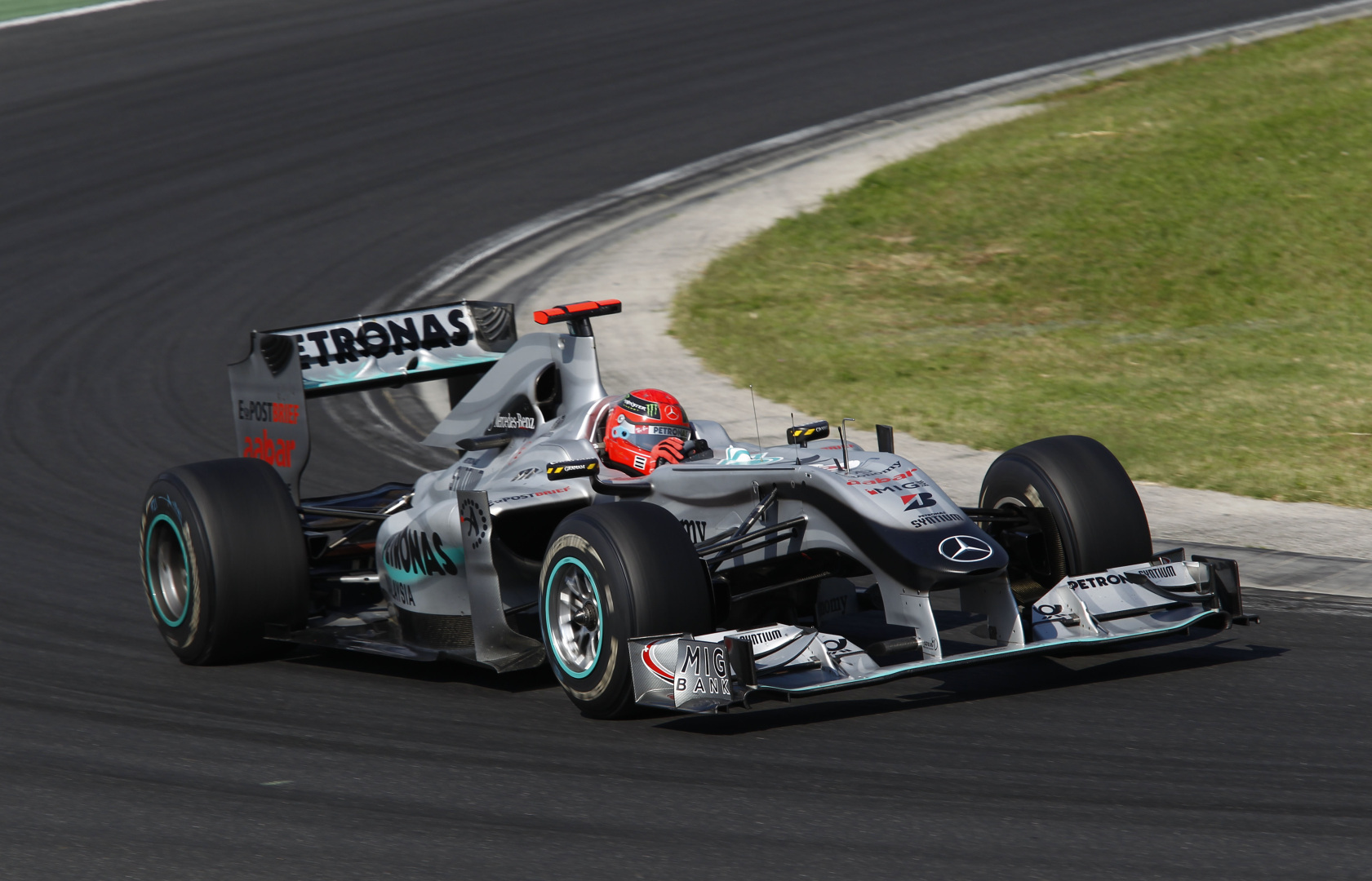
Summary
Michael Schumacher was an incredible talent – there is no doubt about this. But he really used to push the envelope as to what was acceptable. He became the most successful driver ever, winning 91 races and seven world championships, but there will always be these incidents casting a shadow over his career.
